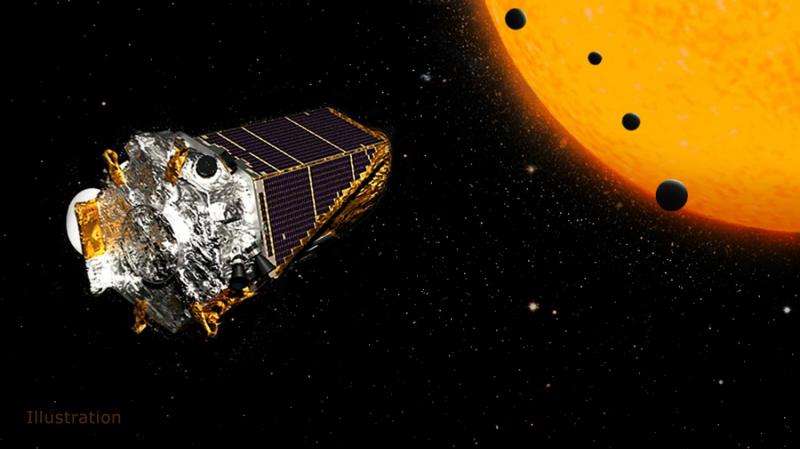Using data from NASA’s Kepler Space Telescope during the K2 mission in combination with observations from various Earth-based telescopes, an international team of astronomers has discovered 104 new exoplanets, four of which could hold the potential for life.

Prior to the K2 mission, the Kepler focused specifically on measuring the frequency with which planets with sizes and temperatures similar to the Earth occurred around sun-like stars. Now, it focuses on cooler and smaller red dwarf-type stars, which are much more common in the Milky way than sun-like stars.
The new mission also focuses on both the northern and southern hemispheres, as opposed to the initial mission, which was limited to examining a specific portion of the sky in the northern hemisphere.
“Kepler’s original mission observed a small patch of sky as it was designed to conduct a demographic survey of the different types of planets,” said Ian Crossfield of the University of Arizona’s Lunar and Planetary Laboratory and leader of the research. “This approach effectively meant that relatively few of the brightest, closest red dwarfs were included in Kepler’s survey. The K2 mission allows us to increase the number of small, red stars by a factor of 20 for further study.”
Of the 104 new exoplanets discovered outside of our solar system, four are of particular interest due to their potential similarities to Earth. The set of planets are between 20 to 50 percent larger than Earth and orbit a star less than half the size of the sun. In addition, two of them are believed to experience radiation levels from their star that are comparable to those experienced by the Earth.
Although the orbits of the new set of planets are fairly tight, Crossfield believes that the current data suggests that we must consider the possibility of life on such planets until further research says otherwise
“Because these smaller stars are so common in the Milky Way, it could be that life occurs much more frequently on planets orbiting cool, red stars rather than planets around stars like our sun,” he said.
The findings were published in The Astrophysical Journal Supplement Series.






